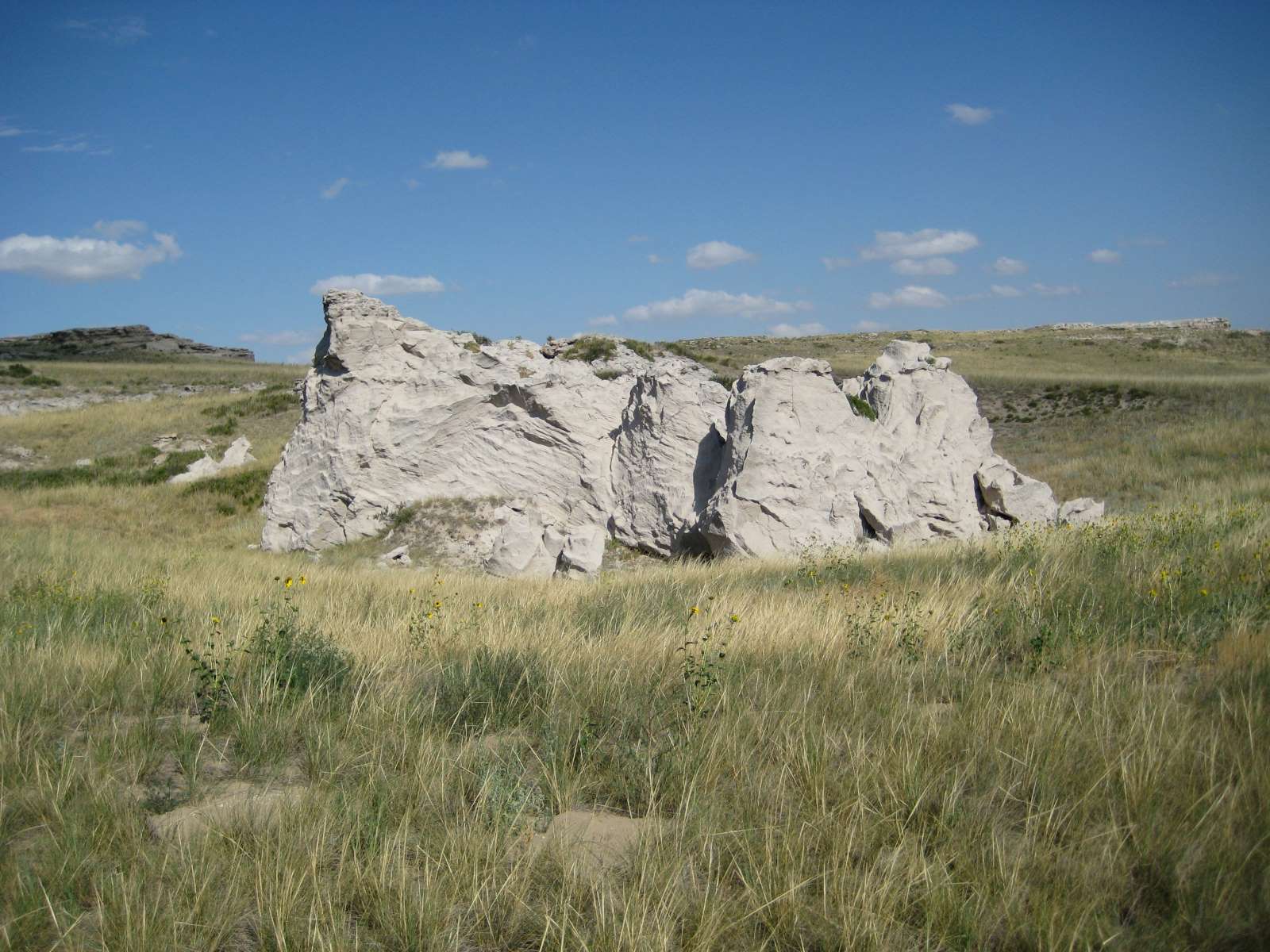Hidden History Of Nebraska’s Agate Fossil Beds

Have you ever wondered about the hidden history of Nebraska's Agate Fossil Beds? This unique site offers a glimpse into a world that existed millions of years ago. Located in the Nebraska Sandhills, the Agate Fossil Beds National Monument is a treasure trove of prehistoric fossils. These ancient remains tell stories of long-extinct animals that once roamed the area. From ancient rhinos to early horses, the fossils found here are a window into a distant past. Whether you're a history buff or just curious, the Agate Fossil Beds provide an exciting adventure into Earth's ancient history.
Hidden History of Nebraska's Agate Fossil Beds
Nebraska's Agate Fossil Beds National Monument is a treasure trove of prehistoric wonders. This site offers a glimpse into a world that existed millions of years ago. Let's dive into the hidden history of this fascinating place.
Ancient Mammals of Agate Fossil Beds
The Agate Fossil Beds are renowned for their well-preserved fossils of ancient mammals. These creatures roamed the plains long before humans appeared.
Menoceras: A small, two-horned rhinoceros that lived around 20 million years ago. Their fossils are abundant in the Agate Fossil Beds, providing insight into their behavior and environment.
Moropus: This strange, horse-like mammal had claws instead of hooves. It used these claws to dig for roots and tubers, making it a unique herbivore of its time.
Dinohyus: Also known as the "Terrible Pig," this massive, pig-like creature was actually more closely related to hippos. It was a dominant predator in its ecosystem.
Fossil Discoveries and Excavations
The Agate Fossil Beds have been a hotspot for paleontologists since the late 19th century. Numerous significant discoveries have been made here, shedding light on prehistoric life.
Carnegie Hill: Named after the famous philanthropist Andrew Carnegie, this hill is one of the primary excavation sites. It has yielded countless fossils, including complete skeletons of ancient mammals.
University Hill: Another major excavation site, University Hill has provided a wealth of fossils for scientific study. It continues to be an important location for ongoing research.
The Role of Native American Culture
The Agate Fossil Beds are not just about fossils. The area also holds significant cultural importance for Native American tribes, particularly the Lakota Sioux.
James Cook Collection: James Cook, a rancher who owned the land where the fossil beds are located, collected numerous Native American artifacts. His collection includes items like clothing, tools, and ceremonial objects.
The Cook Homestead: The homestead itself is a historical site, showcasing the interactions between Native Americans and early settlers. It provides a glimpse into the lives of those who lived in the area during the late 19th and early 20th centuries.
Geological Significance of the Agate Fossil Beds
The Agate Fossil Beds are not just important for their fossils; the geological formations here tell a story of a changing landscape over millions of years.
The Niobrara River Valley: This valley has been shaped by millions of years of geological activity. The river has carved out the landscape, exposing layers of rock that contain the fossils we see today.
The Harrison Formation: This geological formation is where most of the fossils are found. It dates back to the Miocene epoch, around 20 million years ago, and provides a snapshot of life during that time.
Visiting the Agate Fossil Beds Today
Today, the Agate Fossil Beds National Monument is a popular destination for tourists and researchers alike. Visitors can explore the site and learn about its rich history.
Visitor Center: The Visitor Center offers exhibits on the fossils, geology, and Native American culture of the area. It's a great starting point for anyone looking to understand the significance of the Agate Fossil Beds.
Fossil Hills Trail: This trail takes visitors through some of the key fossil sites, offering a chance to see where many of the discoveries were made. Interpretive signs along the trail provide information about the fossils and the history of the area.
Cook Collection Exhibit: Located within the Visitor Center, this exhibit showcases the artifacts collected by James Cook. It provides a fascinating look at the cultural history of the region.
The Agate Fossil Beds National Monument is a place where history, culture, and science come together. Whether you're a history buff, a nature lover, or just curious about the past, there's something here for everyone.
Discovering Nebraska's Ancient Past
Nebraska's Agate Fossil Beds offer a unique glimpse into the ancient world. These fossil beds are a treasure trove of prehistoric life, showcasing the rich history of the region. Visiting this site, you can see fossils of ancient mammals, explore the beautiful landscape, and learn about the fascinating history of the area. The Agate Fossil Beds National Monument is not just a place for scientists; it's a destination for anyone interested in history, nature, and adventure. Whether you're a history buff, a nature lover, or just looking for a unique travel experience, the Agate Fossil Beds have something to offer. So next time you're in Nebraska, make sure to stop by and explore this incredible site. You'll leave with a deeper appreciation for the ancient world and the natural beauty of Nebraska.

